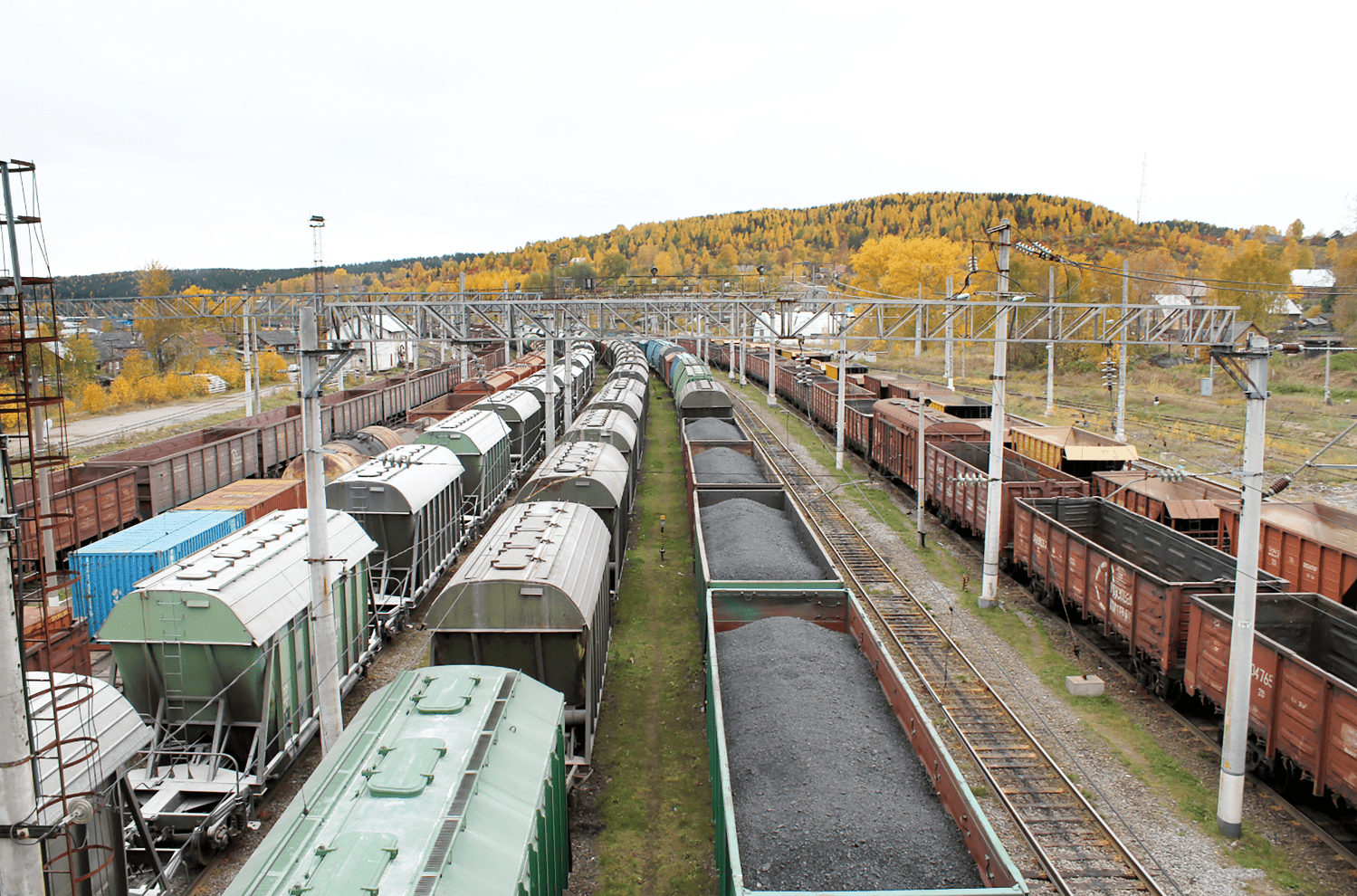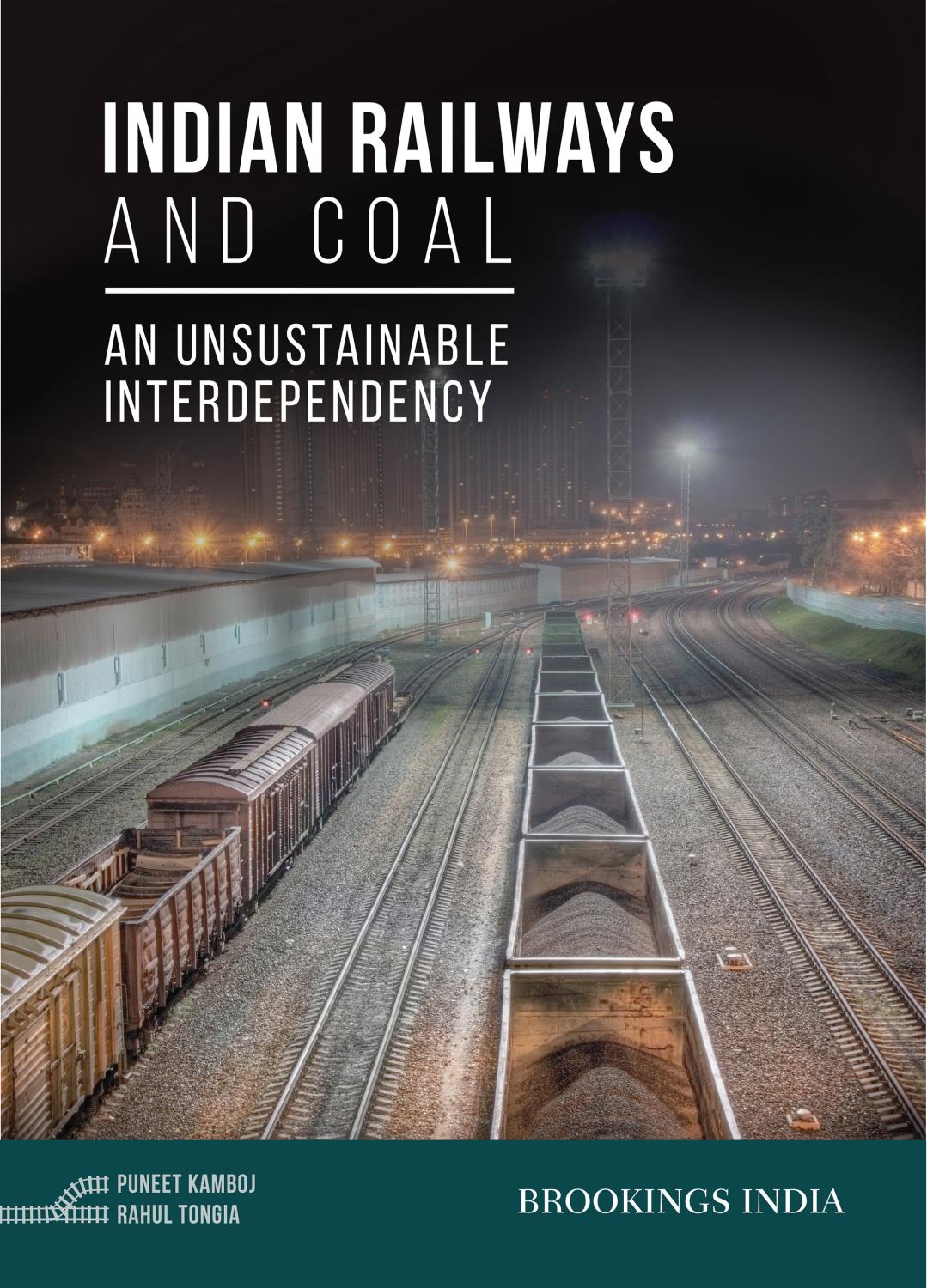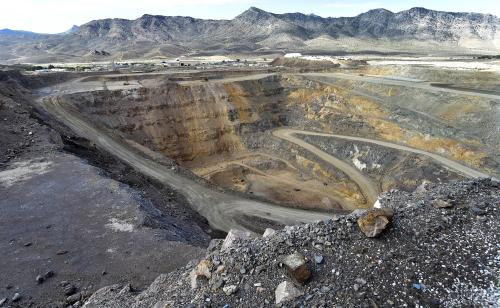Content from the Brookings Institution India Center is now archived. After seven years of an impactful partnership, as of September 11, 2020, Brookings India is now the Centre for Social and Economic Progress, an independent public policy institution based in India.
Coal and railways in India are heavily interdependent. In the Financial Year (FY) 2017, out of 574 MT of coal (inclusive of imports) consumed for grid electricity generation (Central Electricity Authority, 2017), 341 MT, or 60 per cent, was transported through railways (Railway Board, March 2017). On average railways accounts for over 85 per cent of costs for transporting coal to thermal power plants, as a number of power plants are pithead/near coal mines and do not use this mode for transportation. Coal is 44 per cent of IR’s freight revenues and has an even higher share in its profits. Indian Railway’s (IR) business model is based on passengers underpaying and freight overpaying.
Revenues from freight carried comprise a combination of the following three components: tonnes carried, distance carried (whose product becomes tonne-kilometres or TKm), and price charged (Rupees/TKm). IR’s average distance of coal transported (called “lead”) to thermal power plants (TPPs) has fallen 30 per cent in the past five years which impacts revenues. This has happened mainly due to a one-time effort towards coal linkage rationalisation and also due to falling power plant load factors (PLFs). On the contrary, to maintain total revenue, IR coal freight charges have grown more than four times the wholesale inflation rate during FY 2012 to FY 2017.
Despite higher passenger volumes on a shared network, India has the lowest fare-to-freight ratio—the ratio of passenger fares and freight charges—of 0.24, compared with several other countries including Japan (1.9), Germany (1.5) and China (1.2). This conscious policy choice to keep passenger fares low results in freight overpaying its share.
India has the lowest fare-to-freight ratio (0.24) compared with several other countries including Japan (1.9), Germany (1.5) and China (1.2).
Railways today explicitly over-prices coal freight by about 31 per cent to offset its “social obligation” or coaching losses. In FY 2017, this “overcharge” from coal to TPPs (~Rs. 108 billion or Rs. 10,800 crores) increases the cost of power, on an average, by about 10 paisa per kWh on the basis of all electricity generated in India. For coal carried by railways, on average, this number is Rs. 0.21/kWh in FY 2017. For power plants in distant states, which inherently rely on railways for coal, this number can be three times higher.
A Brookings India bottom-up coal demand model for FY 2030 forecasts a slower growth in total coal requirement in the country than the past, driven by a combination of falling electricity growth rates, improved power plant efficiencies (especially the advent of super-critical coal power plants), and the rise of renewable energy (RE). This issue is worsened by the projected slowdown in railway traffic growth for coal. While coal demand continues to grow through FY 2030 in absolute terms, its growth rate declines.
IR may fare worse as what matters more for railways is the location of coal demand. Not only will growing RE displace coal generation but the share of RE will disproportionately grow in states with high solar and wind resources – coincidently those far from coal mines. For distant locations, the rise of high-voltage DC (HVDC) technologies has meant it can be cheaper and more efficient to send power over the wire than transport coal by railways. The economics are further skewed due to coal cross-subsidising passengers.
For distant locations, the rise of high-voltage DC (HVDC) technologies has meant it can be cheaper and more efficient to send power over wire than transport coal by railways.
Planned capacity of coal power plants is mostly either pithead/near coal mines or coastal, compared to now when capacity is relatively distributed across the country. Coastal plants are designed for imported coal, which, although expensive per tonne, is still cheaper after adding transportation costs and levies.
Projections and modelling for the future suggest that to keep railways solvent based entirely on the cross-subsidy model would result in a freight rise that would make coal (and thus thermal electricity) uncompetitive.
If passenger fares increase at a compounded annual growth rate (CAGR) of 4.5 per cent (same as historical FY 2006-17) and railways continues to overcharge freight to recover passenger losses pro rata, in FY 2030 the average “overpayment” per kWh will increase to 18 paisa per kWh in real terms on the basis of all electricity generated, compared to 10 paise per kWh in FY 2017. Naturally, the costs would be far higher in nominal terms, and also higher in distant locations.
DOWNLOAD THE PAPER
The Brookings Institution is committed to quality, independence, and impact.
We are supported by a diverse array of funders. In line with our values and policies, each Brookings publication represents the sole views of its author(s).






